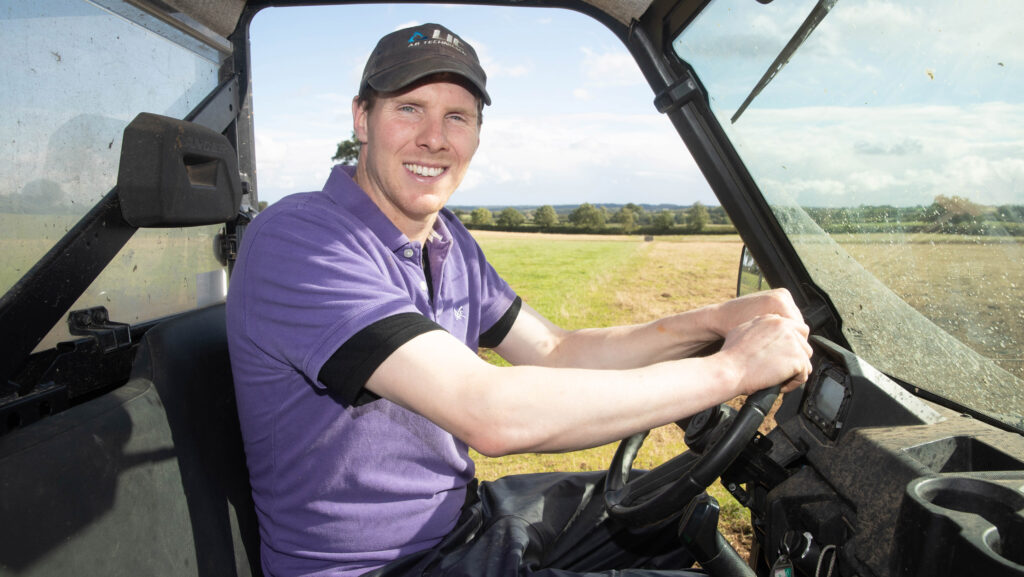Farmer Focus: Measures in place to graze in tricky weather
 © Tim Scrivener
© Tim Scrivener As we enter the second week of April, we have grazed approximately 40% of the total grazing platform area, well behind target for the first round by this time.
Our average farm cover sits at 3,016kg dry matter (DM)/ha, demonstrating not only how wet conditions have allowed the grass to grow away from us, but also how well the grass has been growing in the mild and wet winter we have had.
See also: How to manage dairy cows at grass as seasons get more extreme
The result of these conditions is that we have more of a grazing “block” than a grazing “wedge”.
We plan to cut a proportion of the higher covers for silage when conditions allow, to drop the average farm cover and create more of a wedge.
Grazing high covers in wet conditions has been tough, and we are accepting some degree of wastage.
The past fortnight has seen more than 50mm of rain, forcing us to bring the milking herd back inside for a couple of days, as they were beginning to cause damage.
Luckily, as an autumn-calving herd, we have sufficient shed space and surplus silage still to feed.
To minimise wastage on higher covers, we are splitting paddocks into multiple sections (breaks) and moving the herd regularly – between one and three hours – and back-fencing them (fencing them off an area that has just been grazed).
This limits sward damage and also avoids muddying the pasture, which would increase rejection by the cows, and therefore reduce intakes.
Obviously, this process is quite time-consuming and labour-intensive, so to make it easier, the cows are running in one mob rather than two.
The team are seeing the benefit, with not only the reduced workload dealing with slurry, bedding and feeding in the sheds, but also a two-litre increase in production through fresh grass.
In-calf heifers have been out fully for a fortnight. We moved them from grass onto cover crops with supplementary bales before the large amount of rain, which quickly turned the area into a swamp.
R1s (rising one-year-old youngstock) will remain inside for another week or so until second-round grass reaches a 2,800 kg DM/ha cover and the weather hopefully settles.

